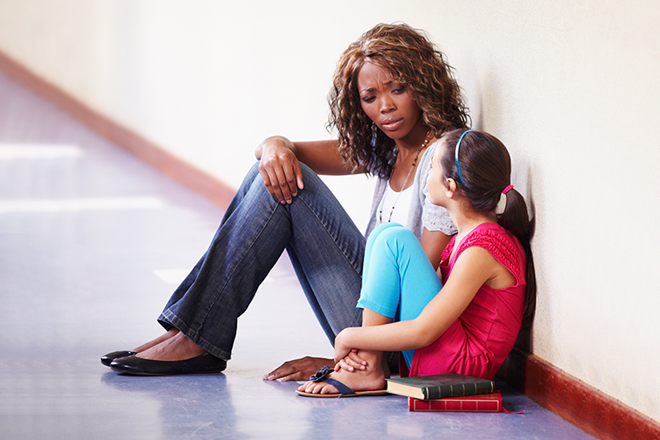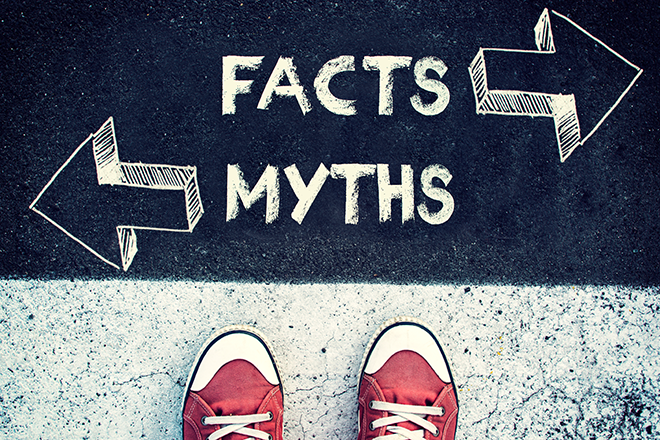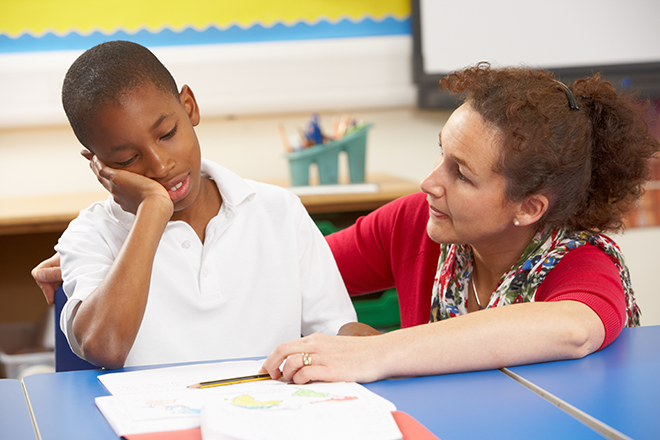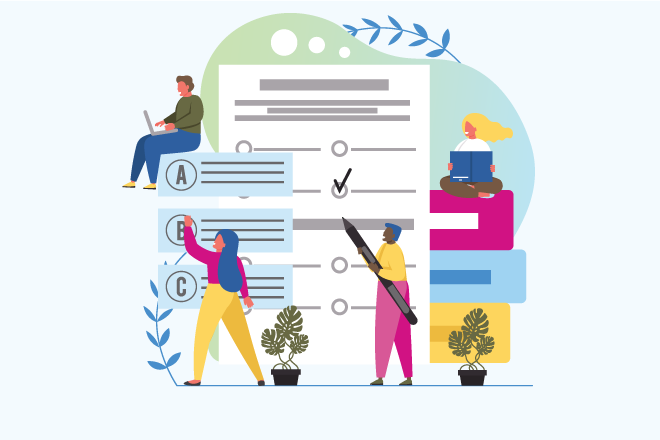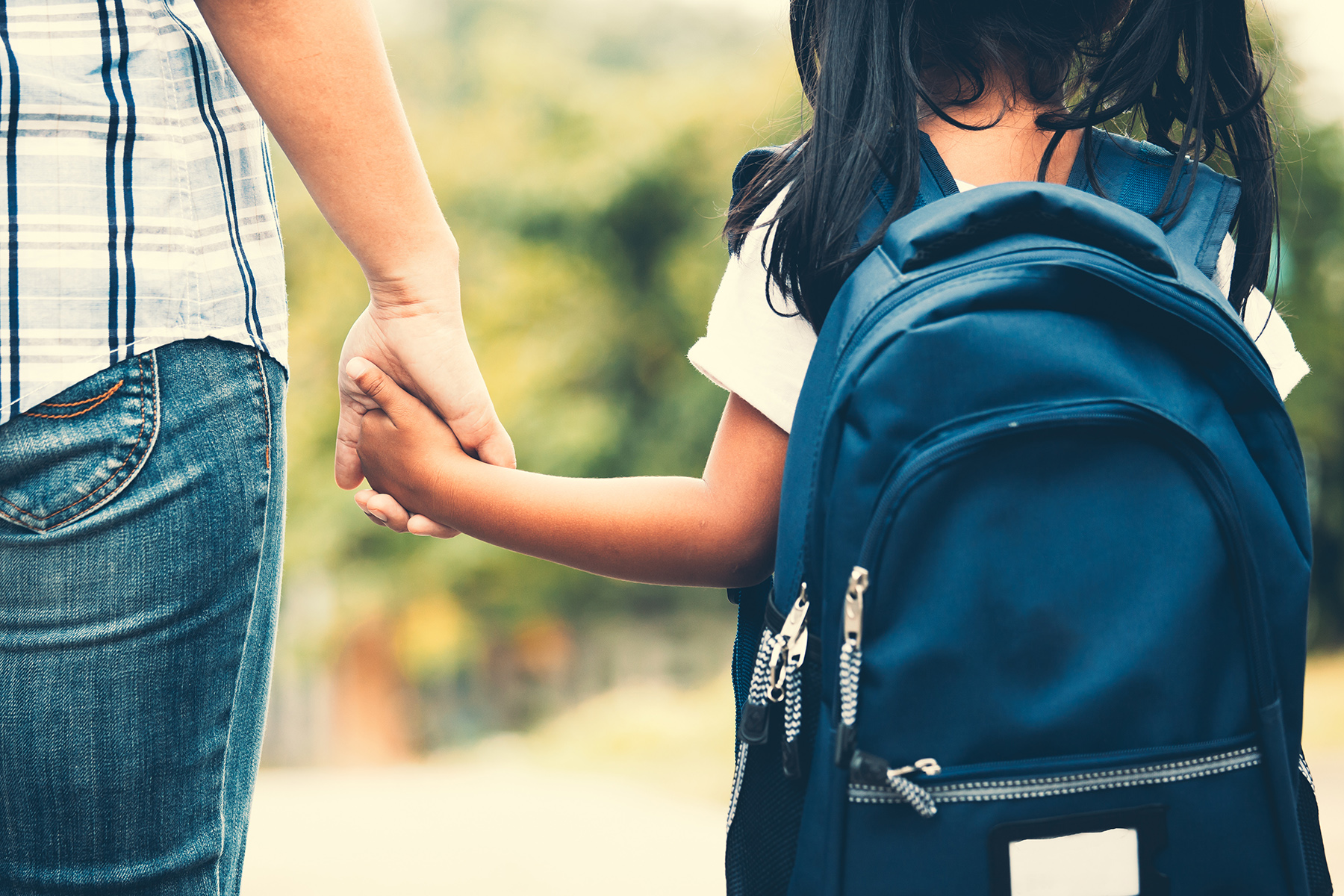Practice-based coaching (PBC) promotes a strong collaborative partnership between teachers and coaches to facilitate the use of effective instructional practices. The PBC process includes skills instruction on BEST in CLASS practices, shared goals and action planning, implementation support, classroom observation, and reflection and feedback.
Since 2019, we’ve not only engaged with educators, community members, and mental health service providers to co-author blogs about their challenges and accomplishments on the ground, but we also compiled helpful resources from our colleagues to promote collective work in the field and across the country.


